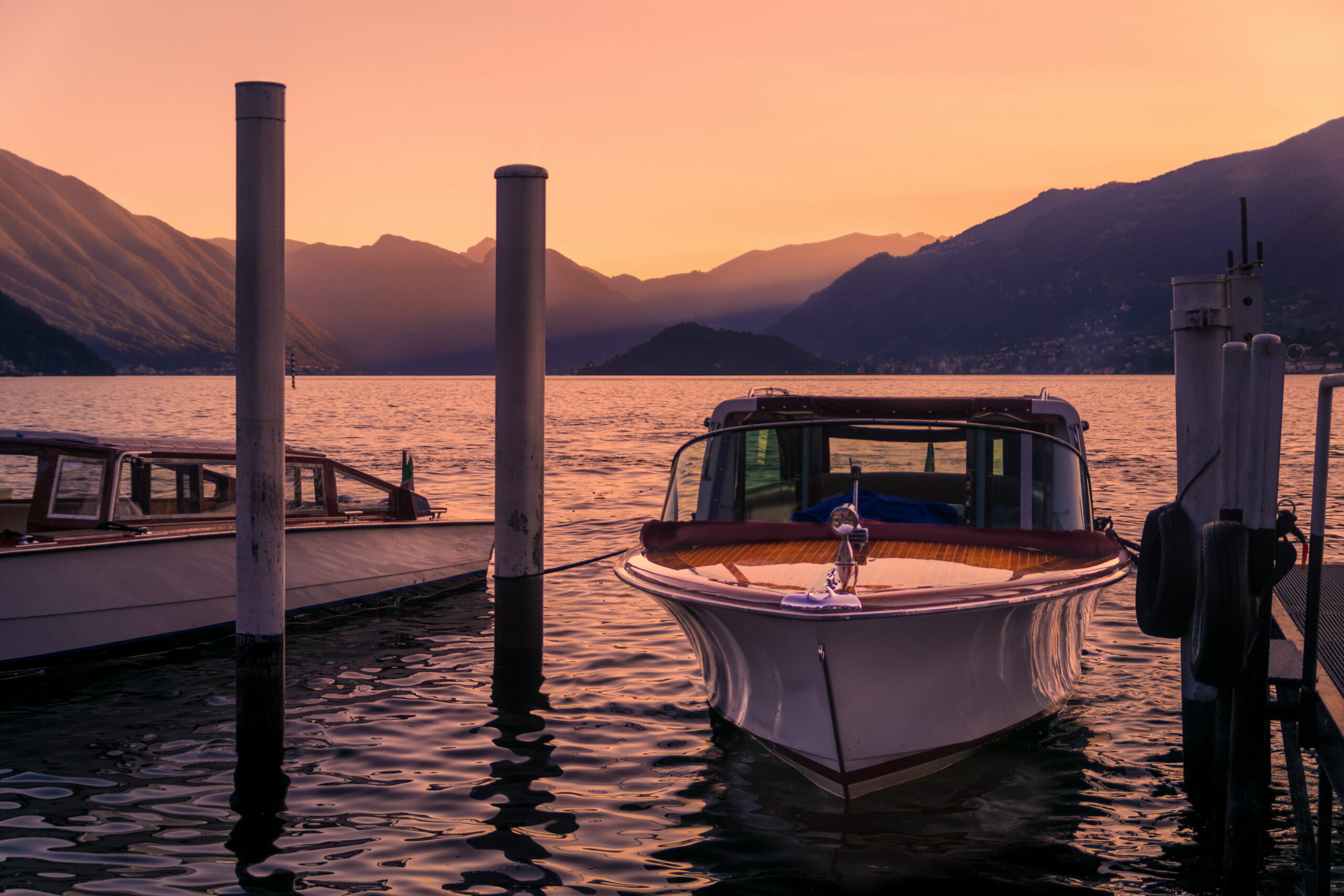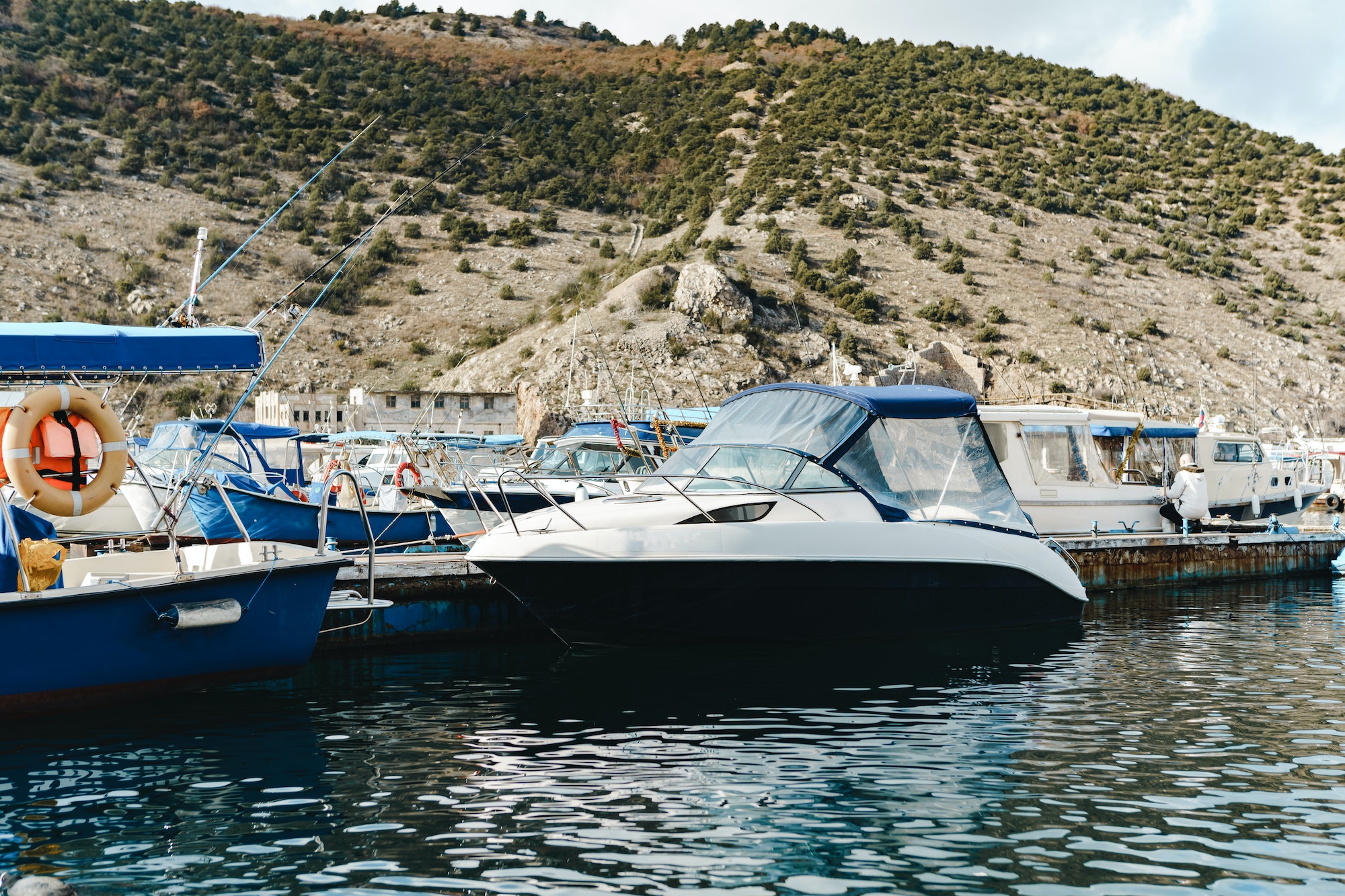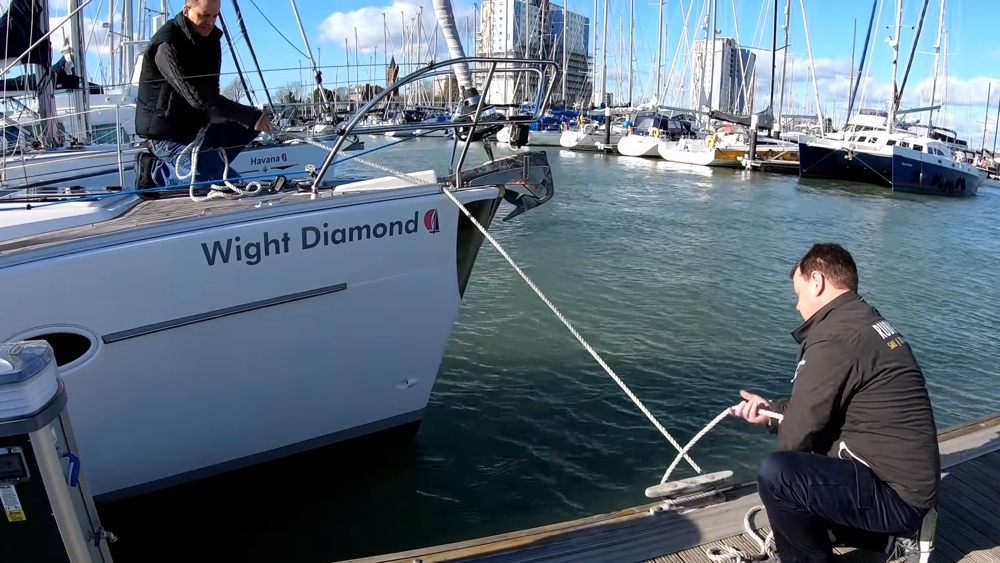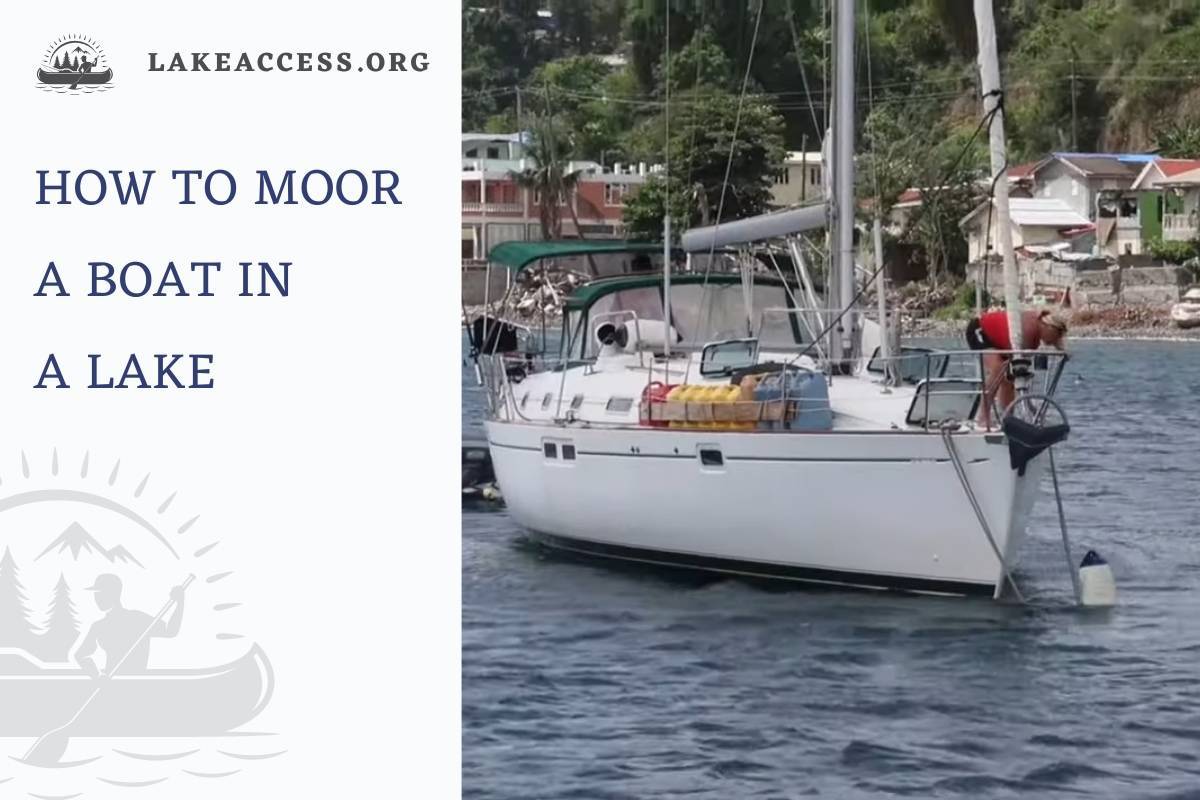Moor your boat efficiently and safely in a lake by mastering the proper techniques in order to prevent any potential damage to your vessel or neighboring boats. This comprehensive guide will provide you with detailed steps, helpful tips, and advice to ensure you can confidently moor your boat in a lake without any difficulties.
Mooring Basics
Types of Mooring
Before you begin, it’s important to understand the two main types of mooring systems—temporary and permanent. Temporary moorings, like anchors and buoys, are suitable for short stays in protected areas or when docking for a few hours during a day trip. On the other hand, permanent mooring systems, such as piles or mooring posts, are more suitable for long-term storage or docking in marinas. They are securely fixed to the bottom of the lake, providing a stable and reliable connection for your boat.
Mooring Equipment
The right mooring equipment is essential to ensure you can securely dock your boat. Be sure to have cleats, strong lines, and fenders on board. Several mooring lines will be needed to properly tie the bow, stern, and, if necessary, spring lines to provide added stability. Fenders should be placed at intervals along the side of the boat closest to the dock to protect your boat from any potential damage as a result of coming into contact with the dock.

Mooring a Boat
Prepare Your Approach
Begin by preparing for your approach to the mooring by communicating your plan with your crew and assigning each person a specific role. Set up your mooring lines and fenders on both sides of the boat, ensuring that partners are ready to step ashore with lines as you approach. Start to move towards the intended mooring spot slowly and at a controlled pace, taking care to maintain a steady speed and to consider factors such as wind direction and other nearby boats.
Position Correctly
A controlled and accurate approach is essential for smooth docking. As you get closer to the mooring spot, align your boat parallel to the dock, taking into account wind and current conditions that might affect the positioning of your boat. It’s essential to maintain a close enough distance to the dock for crew members to conveniently step off without having to jump or stretch. Clear communication with your crew is vital for making necessary adjustments while maneuvering and ensuring accurate placement.
Stop the Boat
When you have positioned the boat correctly, shift the engine into neutral to put the boat in a state of near rest. This action helps reduce the boat’s forward momentum, which is crucial for smooth docking. Adjust your speed or angle if necessary, always aiming for the boat to be close to motionless at the moment of docking.
Tying the Lines
As the boat comes to a stop, have your crew members step off the boat and securely tie the bow and stern lines to the appropriate cleats on the dock. Adjust the lines accordingly to ensure that the boat is tight to the dock, taking into consideration any changes in water level due to tides or waves. If necessary, secure additional spring lines for added stability. Use cleat hitch knots, as they securely fasten the lines to cleats on both the boat and dock without slipping.
Proper Line Placement
Proper line placement is crucial for stable mooring. When adjusting the lines, ensure that the bow and stern lines run at an angle from the dock to the boat’s cleats rather than straight across. This will help keep your boat securely in place by creating an isosceles triangle. With angled lines, the boat can better resist wind and current forces.

Tips and Tricks
Maintain Proper Distance from the Dock
As you approach the dock, maintain a steady and appropriate distance throughout. Keep a sufficient gap to allow the fenders to cushion your boat against the dock but not too far so that your crew members cannot step off safely.
Monitor Weather Conditions
Anticipate changes in weather conditions that may affect mooring, such as gusty winds or sudden heavy rain. Be ready to adjust your approach or abort docking if conditions become unfavorable, and ensure all crew members are prepared to react accordingly.
Utilize Fenders
Adequate use of fenders will save your boat from potential damage. Place them at intervals along the side of the boat that will be closest to the dock, ensuring they are aligned with spots that usually come into contact with the dock.
Practice Makes Perfect
The key to successful mooring is practice. The more you repeat the process, the better you’ll become at gauging distances, controlling speed, and anticipating potential challenges.

Different types of mooring
Mooring is the act of securing a ship or boat to shore, sea buoys, offshore platforms, or other stationary objects.
There are many different types of mooring, such as:
-Anchoring: Anchors are heavy objects, typically metal, that can be lowered deep into the water by their rope or chain to moor a boat.
-Bridle: A bridle is a length of rope, chain, or metal connecting the mooring line to an anchor.
-Buoyancy: Buoys are large floating objects you can anchor to moor a boat.
-Cable: A cable is a heavy, extensive diameter line used to moor ships or boats.
-Coil: When the rope has been coiled around a bollard, cleat, or another object to hold it in place.
-Fender: A fender is an absorbent device placed between the hull of a boat and another object to protect the boat from damage.
-Fender pile: A fender pile is a wooden pole driven into the bottom of a body of water to provide mooring for boats or ships.

FAQs
How do you secure your boat once it is moored in a lake?
You will need to make sure the rope is long enough. You may have to tie a knot at the end and wrap some tape around it so you can easily untie or loosen the knot when you need to get your boat back.
Shove a buoy (or two) under the rope at least 15 feet from shore in deep water so that it can’t drift too close to shore.
The buoy will keep the rope from getting tangled up on a stick or rock, and it keeps your boat away from shallow water where you could run aground.
What signs have you moored your boat correctly in a lake?
The first thing to check is that your boat has not drifted. If your boat’s bow points too far from shore, you might have a problem and may need to re-moor. If the bow is too far away, move it closer to shore.
You also need to be aware of how deep your boat is sitting in the water. The deeper your boat sits in the water, the more difficult it will be to move. This is not an issue if you have a shallow draft boat (a small flat-bottomed sailboat).
What are the risks of incorrect mooring in a lake?
Mooring a boat improperly can lead to loss of the vessel, damage to the boat, or personal injury.
Moorings should be weighed and selected based on the boat’s weight and the underwater landscape. The weight of the mooring needs to be greater than the weight of the boat to keep the vessel secure.
The underwater landscape will also affect how much weight the mooring needs. If rocks or other objects could potentially damage your vessel’s hull, you will need heavier mooring.
Consult the harbor or marina where you are placing your mooring for advice when choosing the weight of your mooring.
How heavy should a boat mooring be?
A mooring should be heavy enough to resist the force of winds and waves but not so heavy that it sinks below the surface. When deciding on a size for your boat’s anchor, consider the boat’s weight, the wind speed and direction, and the current.
How do you pick up a mooring under a sail?
Mooring a boat in a lake can be risky. The most common error is to pick up the mooring line under the sail, which could cause it to capsize and sink.
To pick up a mooring, the boat should be at an idle, and the bow pointed downstream. The line is picked up by hand from below or pulled in using a boathook. The bar is then passed through a snatch block on the bow pulpit and led back to the cockpit.
What is the best knot for mooring a boat?
The bowline is the best knot for mooring a boat. It can be tied by hand and is easy to untie after use, even if left under tension.
If you want to leave the boat for a long time, it is best to tie two bowline knots in the line and clip them together with a carabiner. This will prevent one from slipping through the other and becoming loose.
How do you set up a mooring line?
A mooring line is set up by first attaching a bowline knot to the boat, then attaching a snatch block to the other end of the line, and finally tying it off on an anchor post or tree.

